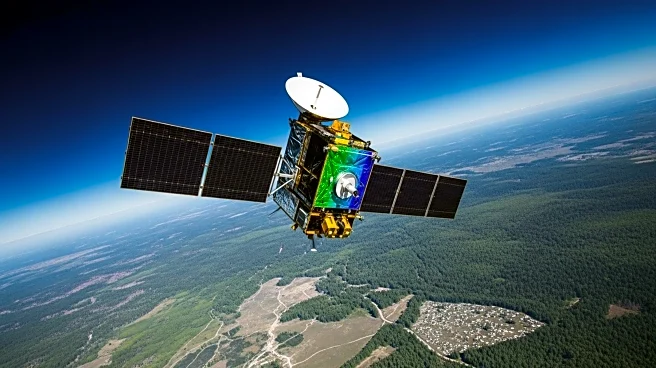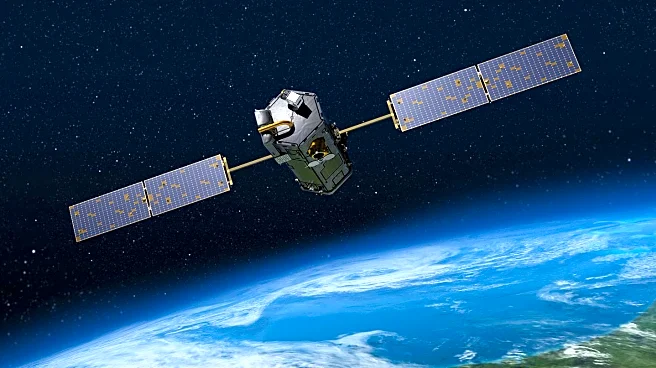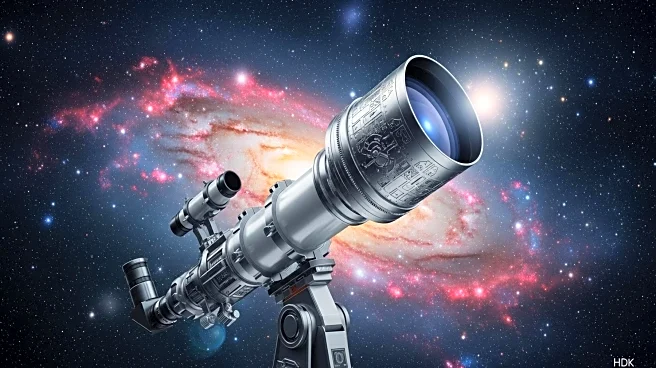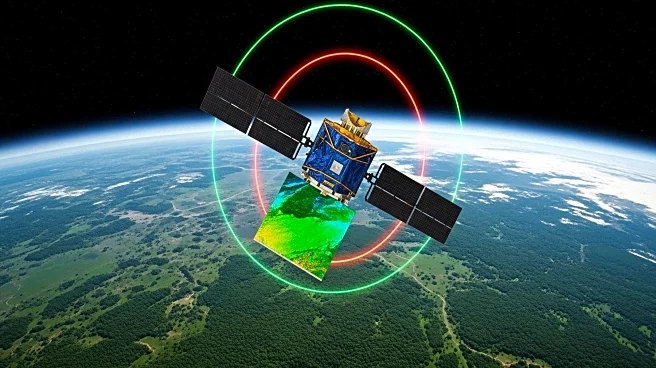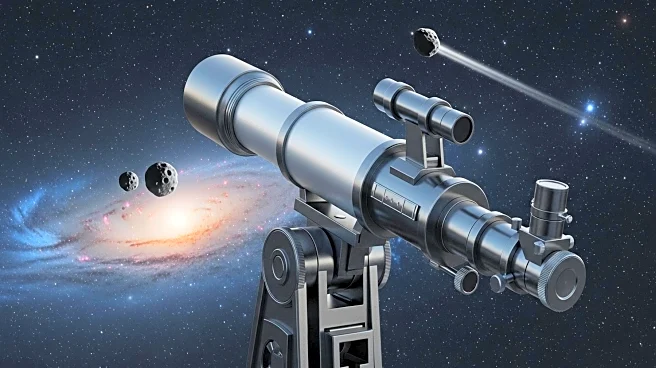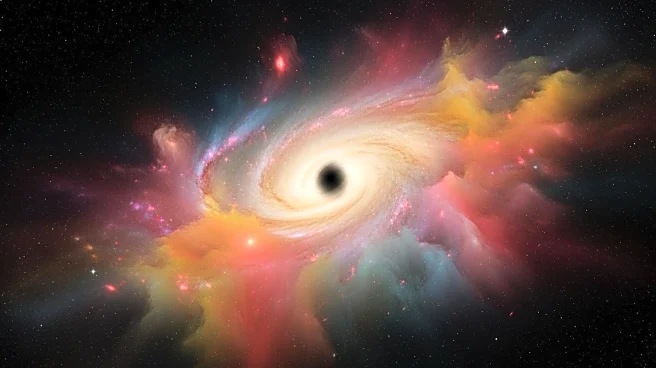What's Happening?
NASA's Applied Remote Sensing Training Program (ARSET) has expanded access to its hyperspectral remote sensing training by offering it as a self-paced course. Originally conducted in 2021, the training was highly popular and is now available for participants to complete at their own pace, with the opportunity to earn a certificate. Hyperspectral data, known for its high spectral resolution, enhances the ability to analyze vegetation types and biogeochemical processes on land and in oceans. This data is crucial for identifying chemical, physiological, and morphological traits of plants, minerals, and microorganisms, thereby aiding decision-makers in understanding ecosystem dynamics. The training covers applications such as invasive species management, forest health monitoring, phytoplankton functional type identification, wetland and shallow benthic community mapping, harmful algal bloom detection, and ocean dynamics.
Why It's Important?
The availability of hyperspectral data training is significant for environmental scientists, policymakers, and conservationists. By improving the understanding of ecosystem dynamics, this training can lead to better management of natural resources and more effective responses to environmental challenges. The ability to detect and monitor harmful algal blooms, for instance, is crucial for protecting marine life and human health. Similarly, insights into forest health and invasive species can inform conservation strategies and policy decisions. The training empowers a broader audience to utilize advanced remote sensing technologies, potentially leading to more informed and sustainable environmental practices.
What's Next?
As more participants complete the self-paced hyperspectral data training, it is expected that the application of this technology will expand across various environmental and ecological fields. Researchers and policymakers may increasingly rely on hyperspectral data to address pressing environmental issues. Additionally, the training could inspire further development of remote sensing technologies and methodologies, enhancing the precision and scope of ecological monitoring and analysis.
